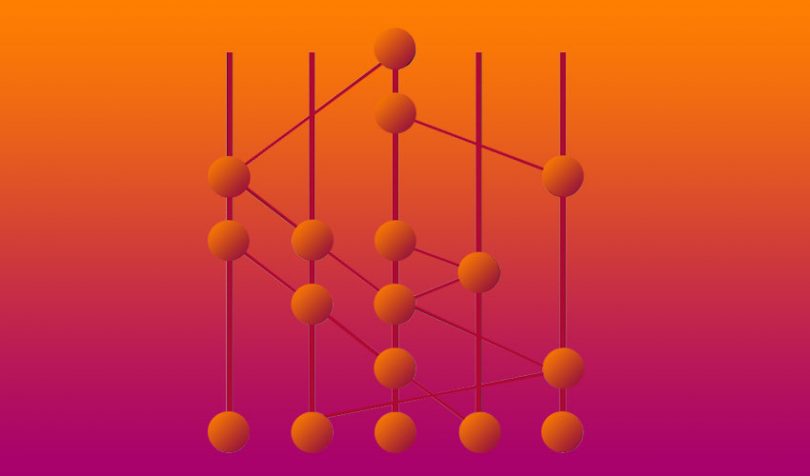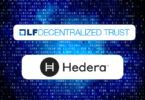Last night Hedera Hashgraph launched and opened access to the beta version of its public distributed ledger network. The network is not a blockchain but a more performant hashgraph, which is squarely targeting the enterprise sector. The organization raised $124 million and has big-name backers including Boeing, Deutsche Telekom, IBM and Nomura. Any member of the public can now open account and any developer can build a decentralized application (dApp). Twenty-six dApps developed by startups are live at launch. For token holders and those that were promised tokens in advance, it is payday.
Still in beta
Hedera has massive promise, but not all of that hope is on display in this first beta version. The proprietary technology that underpins the hashgraph offers the potential for scalability, speed and transaction finality. At launch, transaction finality is in evidence. Unlike Bitcoin and Ethereum, where there is a risk that a transaction could be reversed, after a matter of seconds that’s not the case for Hedera. For corporate transactions that’s rather important. And transaction fees are minuscule.
In terms of processing speed, at launch Hedera is capable of an impressive 10,000 cryptocurrency transactions per second (TPS). Ripple already handles 1,500 per second and claims it can scale to 50,000 TPS. However, Hedera has throttled smart contracts and file services to ten per second, which is no better than Ethereum. In fairness, this is a starting point, and Hedera says it will gradually increase it. But by how much remains to be seen.
Unsurprisingly, the low transaction costs and speed has attracted advertising platforms which require high throughput. One of the touted application is AdsDax which has processed two million transactions over ten days. While that’s pretty decent for a blockchain, for an ad network that’s extremely small. Consider the hundreds of thousands of ads delivered by a single significant website.
Governance
Another significant Hedera difference is the governing council of 39 major organizations which in essence makes it a partially permissioned network. Unlike Ethereum or Bitcoin where the networks have split or forked as a result of differing views, Hedera’s governance will avoid this. But so far, there are just ten organizations in place. They are Boeing, Deutsche Telekom, DLA Piper, FIS, IBM, Magalu, Nomura, Swirlds (which owns the technology), Swisscom and Tata Communications. The original aim was to avoid having more than two companies from any one sector. There’s an argument there are already three telecoms companies.
In our opinion, the addition of FIS was immensely important as a major technology provider for payment processing and owner of WorldPay.
At launch there are 13 nodes operated by the governing council. But during the launch phase Hedera’s technology team is managing several of these. That’s typical for a private permissioned blockchain, but not for a public ledger. However, the network is still in beta phase. Mirror nodes which have copies of these master nodes can be operated by anybody.
Apps going live
None of the 26 live apps are from members of the governance council. But they represent a good cross-section of industries including financial services, technology, healthcare, logistics, energy, retail, identity, media and entertainment.






